The displacement-time graph of a particle moving along a straight line is drawn below. The accelerations of the particle during the regions OP, PQ and QR are

A
OP = -, PQ = 0, QR = +
B
OP = +, PQ = 0, QR = +
C
OP = +, PQ = 0, QR = -
D
OP = -, PQ = 0, QR = -
Text Solution
The correct Answer is:C
Acceleration =d2xdt2
For part OP, the acceleration is positive as the velocity is increasing, slope is increasing. For part PQ, the acceleration is zero. Horizontal straight line shows that the velocity is zero. For part QR, acceleration is negative. It is retarded motion. Velocity is decreasing as the slop decreases with time.
|
Similar Questions
Knowledge Check
The distplcement time graph of a prticle moving alon a staraingt line is drawn below
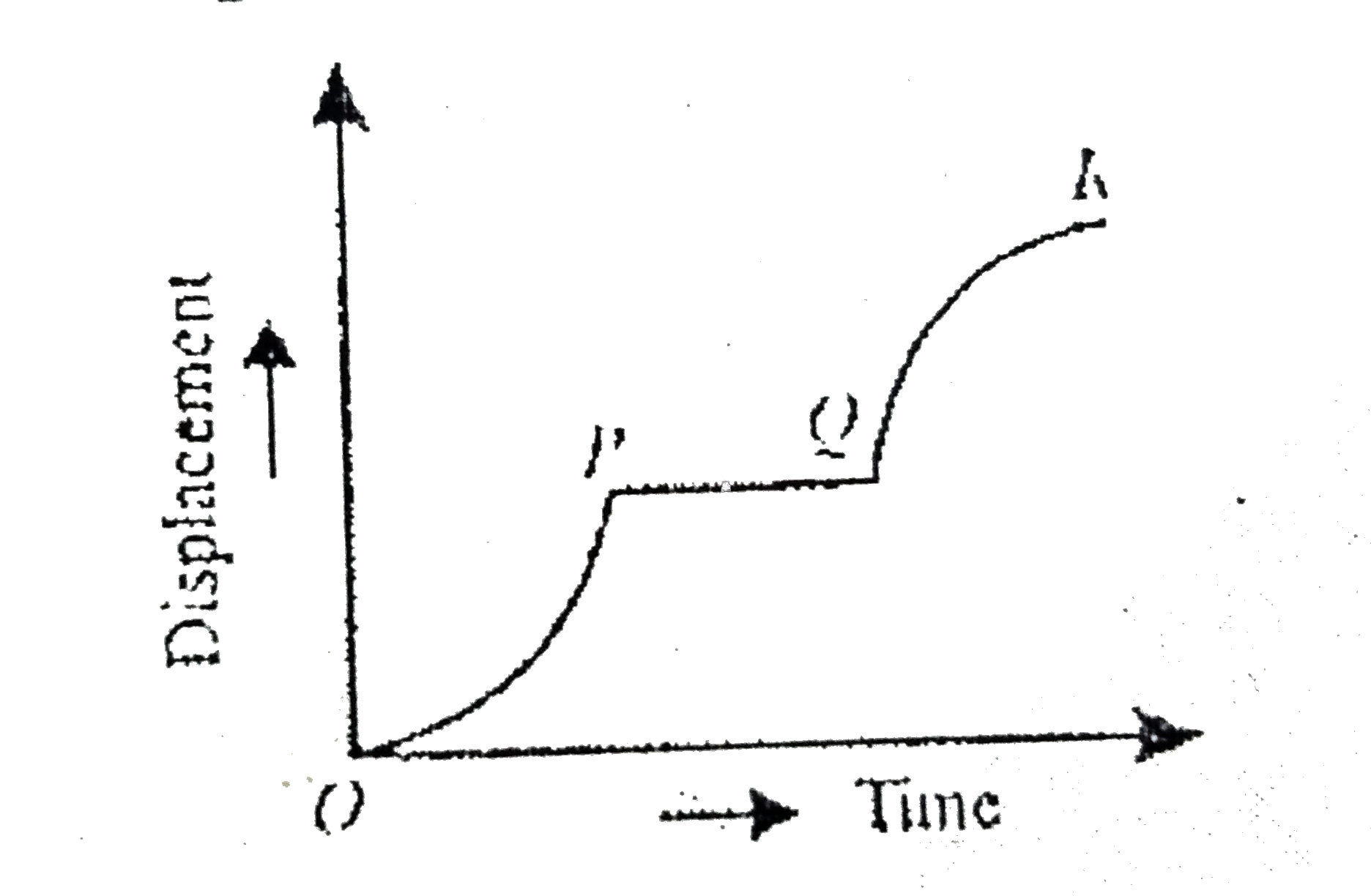
The acceleration of the paritcle during the regions OP, PQ and QR areAOPPQQR−0+BOPPQQR+0+COPPQQR+0−DOPPQQR−0−The displacement time graph of a particle moving along a straight line is shown. The accelerations of the particle during the regions OP, PQ and QR are
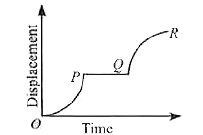 AOPPQQP−0+B+0+C+0−D−0−
AOPPQQP−0+B+0+C+0−D−0−Displacement time graph of a particle moving in a straight line is a shown in figure.
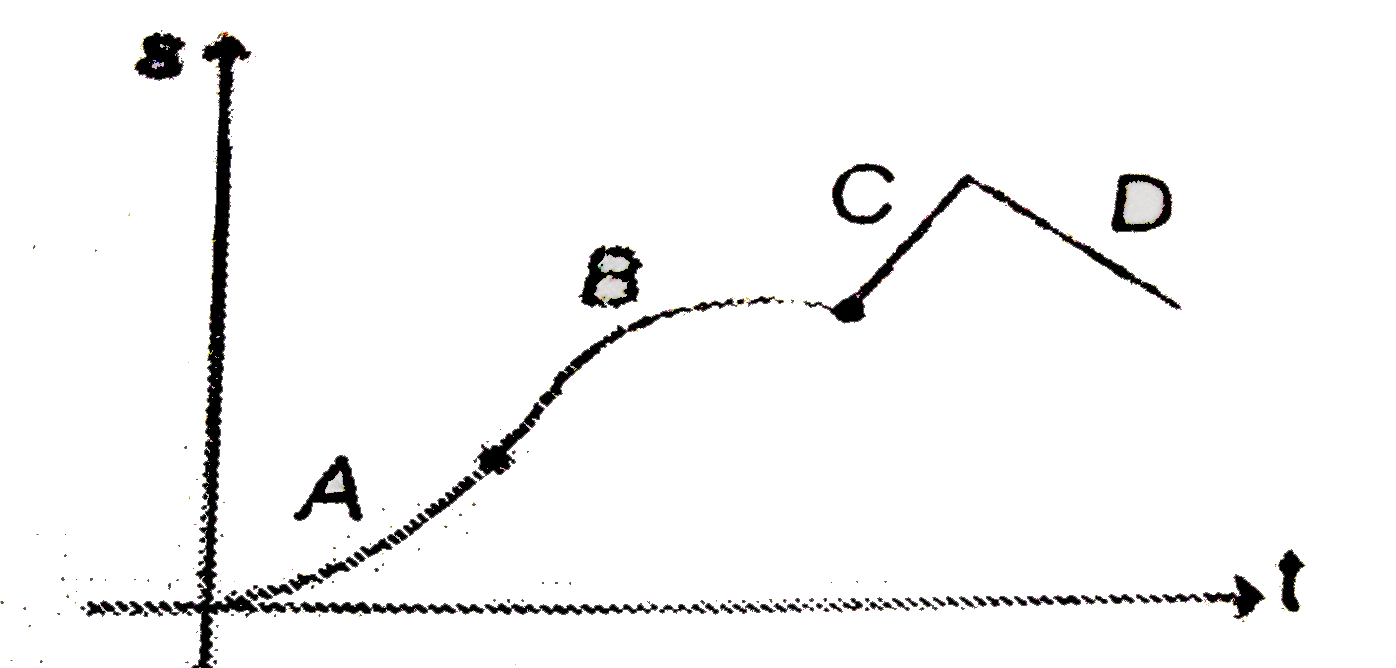 Ain region A acceleration is positiveBin region B acceleration is negativeCin region C acceleration is positiveDin region D acceleration is negative
Ain region A acceleration is positiveBin region B acceleration is negativeCin region C acceleration is positiveDin region D acceleration is negative
Velocity versus displacement graph of a particle moving in a straight line as shown in figure.
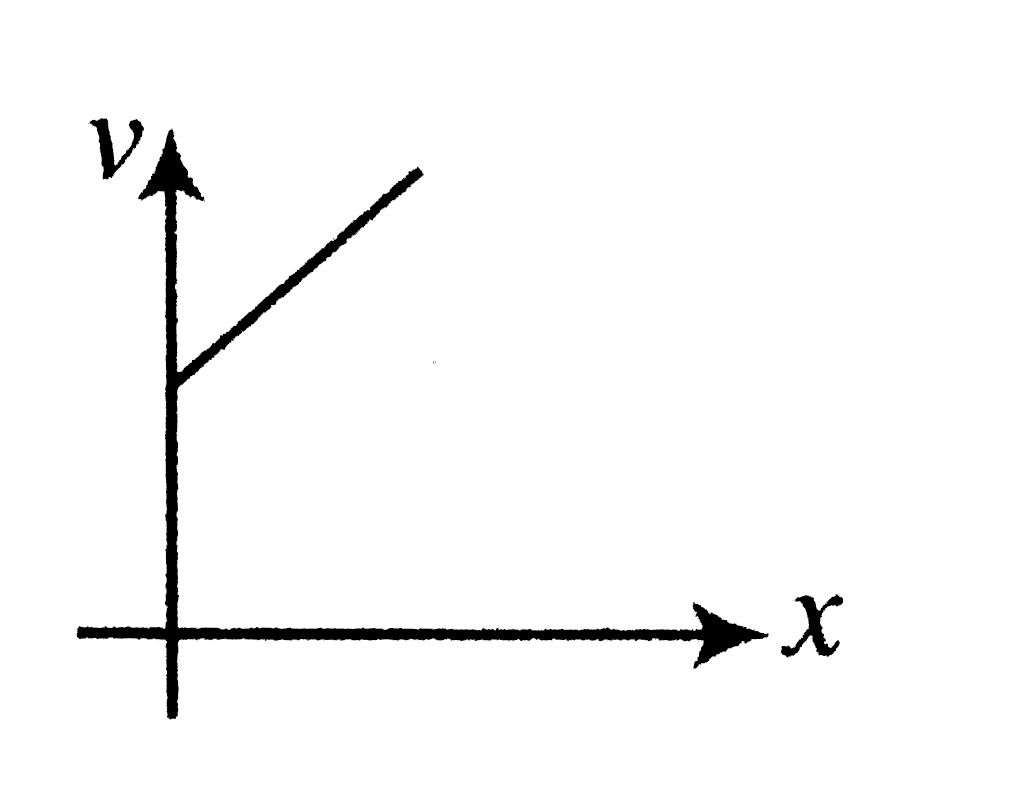
The acceleration of the particle.
View SolutionThe velocity –position graph of a particle moving along a straight line is shown. Then acceleration of the particle at s = 15 m is :
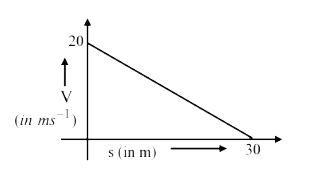
View SolutionVelocity versus displacement graph of a particle moving in a straight line as shown in figure.

The acceleration of the particle.
View SolutionThe velocity –position graph of a particle moving along a straight line is shown. Then acceleration of the particle at s = 15 m is :

View SolutionThe distance-time graph of a particle moving along a curved path is a straight line .
View Solution
